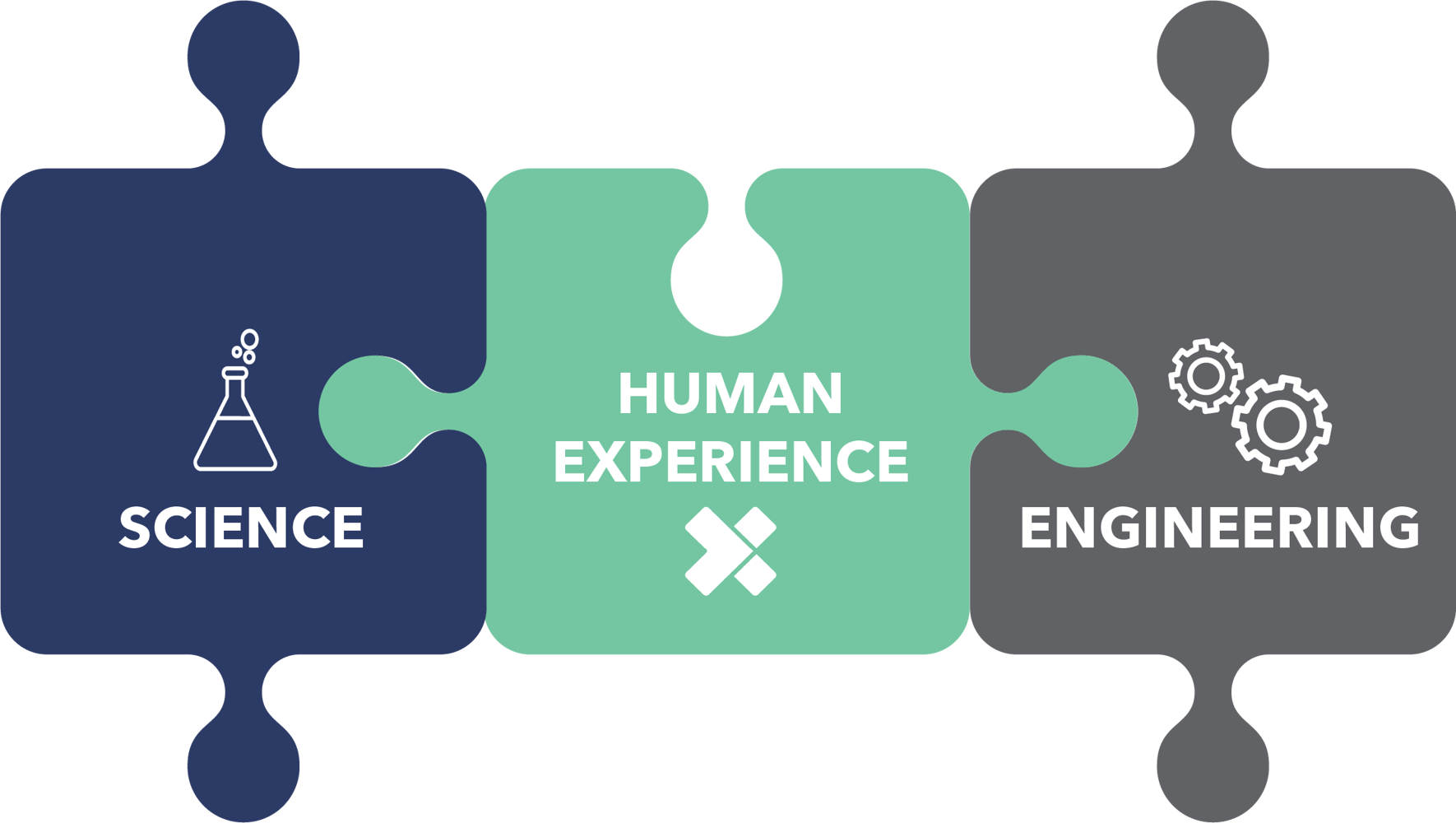Human factors (HF) and usability engineering (UE), or as some call it, medical ergonomics, is the process of evaluating and changing the design of a device to better fit the human body and its cognitive abilities.
The FDA defines it as “the application of knowledge about human behavior, abilities, limitations, and other characteristics of medical device users to the design of medical devices like devices which is used to optimize CXM to increase conversions including mechanical and software-driven user interfaces, systems, tasks, user documentation, and user training to enhance and demonstrate safe and effective use.”

Human factors and usability engineering is crucial consideration in the development of safer and more effective medical devices for end-users. Think about it: a medical device is only as good as a human being’s willingness and ability to use it. By applying human factors and usability engineering to the design and development of your medical device, you will minimize user error and, ultimately, human harm.
While human factors engineering guidelines have been in place for the automotive, aerospace, and telecommunications industries for more than 60 years, they have only recently become available to the medical industry. As usability-induced adverse events continue to rise, the FDA has taken notice, and now includes HF/UE reviews as a routine part of their pre-market approval process.
Despite the FDA’s human factors guidance, many medical device companies fail to consider usability at the beginning of the development process—a costly and damaging mistake. By incorporating human factors and usability engineering throughout all phases of device design, medical device companies can understand and mitigate potential sources of device risk and design an interface that promotes correct, error-free use of the device without endangering the user.
